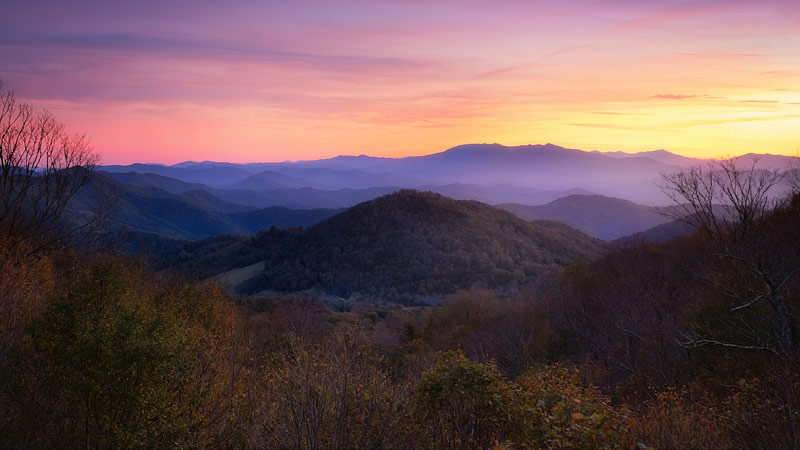The year 1839 is generally acknowledged as the birth of photography, when William Henry Fox Talbot used a salt print process to create the first photograph. One of his first prints was of Lacock Abbey in Wiltshire, England. Ironically, less than ten years later, painters were influenced by the realism that could be achieved with photography and the Realism movement began in France. The essence of this form of art was to focus on subjects in their realistic lives, which could include the mundane, 'everyday life' of the people depicted in the most realistic representation possible with paint.
While the world was embracing the realistic approach of artists, Claude Monet, in the year in 1872 sat near the harbor of Le Havre, in France, intentionally applying paints in a way that appeared haphazard to observers. This loose rendition of the world around him, and the subsequent painting that evolved from that moment, would be called Impression, soleil levant or Impression Sunrise. This painting would bear the name to a radical new movement in art, which we now know as Impressionism, and bears the title of the very painting he created while soaking up the evening sun in France.

Shifts in technique, the way of observing one’s surroundings and communicating them through a medium, is a constant evolution and the very essence of art as we document our experiences and the world around us.
What is somewhat humorous, is the early days of photography and the profound effect it had of moving artists to attempt to capture realistic scenes. Today, many photographers attempt to return to a place where impressionism meets painterly.
While some photographers enjoy their creation of art to be journalistic, natural or 'purists', as they call themselves, we can see an uprising happening across social media, where the audience is captivated by what many of us would call 'digital art'. It is in this tension between 'purists' and digital artists that the argument arises and the question beckons; how much Photoshop is too much?
Looking back at Claude Monet, we can observe a man who used the same tools and paints to achieve a look, mood and feel to his works of art that broke all the cultural rules and norms of his day. His disregard for following in the steps of what everyone else was doing broke new ground for a new benchmark in art that would bear the name of one of his paintings. He wasn’t the first person to paint in an impressionist style, but he was consistent, embracing what moved him and, eventually, the world noticed.
Art is subjective. The moment you place rules or standards on art is the moment when your art will become a process rather than an artistic creation.
Have you noticed trends in photography? You don’t have to look far. Pick up the last six issues of your favorite nature magazine and the trends of today will soon become apparent. While we are all caught in a movement of photography, someone will appear virtually out of nowhere and, while we may criticize them and not call them photographers, we must acknowledge that they are stretching out, breaking rules, breaking new ground and using the tools of photography to press into another movement of art. We aren’t required to follow along, but we should respect their curiosity, initiative and the wonder that was required to have them press beyond the crowd and into a place where wonder meets criticism.
While wandering through the Louvre, where you can observe Monet’s work, you will notice small plaques that show the artist name, the medium they used to create the piece and the date. The art world continues to require integrity and passing an image that was created with a digital artistic license should be stated. Attempting to pass off a digital representation of a scene as being a pure form of photography, without acknowledging radical changes of scene that had been made, breaks the integrity of the art and artist.
Regardless of whether the world of digital art inspires you or not, there will always be room for your type of art. Create what you love and you will always create from your heart.
While teaching, one of my first questions to clients is “do you like to do post production?" A love for the digital darkroom is not a requirement to photography. Some enjoy that space as an extension of their creativity. For others, they would rather share with the world an exact rendering as captured in the field.
Art is fluid. The shifts, changes, popularity of movements and trends chronicles not only the evolution of our technology and the artistic tools we have to create, but as a whole and from the inception of art as we know it, we are documenting the way we see the world, how we relate to earth and to each other.
If art is born from reflections of your surroundings, it is also a reflection of who you are and your personal journey. Guard your art and your heart. Resist discouragement that comes from comparing yourself to others. Balance the striving to grow, with accepting what it is that you enjoy in your creative process. Look for mentors who can help you achieve your goals and speak into your art honestly and thoughtfully.





